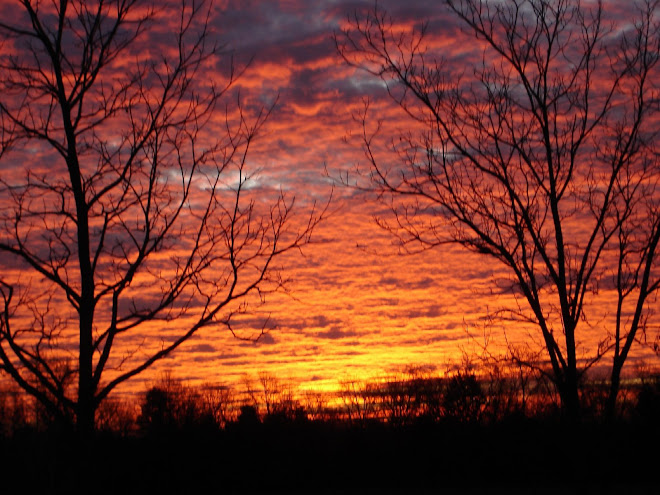



Severe weather is any destructive weather phenomenon. The term is usually used to refer to severe thunderstorms and related phenomena, such as tornados, hail, and downbursts. Severe weather can also refer to snowstorms, ice storms, blizzards, flooding, hurricanes, and high winds.
In its broadest sense, the term "severe weather" is defined as any aspect of the weather which can "pose a threat to life and property". This can include phenomena such as tropical cyclones, ice storms, wind storms, blizzards, heat waves, and severe thunderstorms. However, as stated above, common usage of the word refers to severe thunderstorms, with three-quarter inch size hail, damaging winds in excess of 50 knots (58 miles per hour), and/or tornadoes.
Organized severe weather tends to occur in the same conditions which cause ordinary thunderstorms: atmospheric moisture, lift, and instability. Clouds are little more than condensed water vapor, and thus high atmospheric moisture, signified by a high dew point, aids the development of the clouds which become thunderstorms.
Instability is defined the tendency for a parcel of air near the earth's surface to keep rising when forced upwards by a source of lift. When sufficient air starts to rise due to this instability, this air also cools and expands, and the moisture contained in the parcel condenses creating the cloud itself. Sources of lift include geographic features, such as mountains, and air mass boundaries such as cold fronts, warm fronts, and dry lines.
A wide variety of conditions can cause severe weather. While in general, the criteria above will produce generic thunderstorms, any of several factors can turn those thunderstorms severe; for instance, a pool of cold air aloft can aid in the development of large hail from seemingly innoccuous thunderstorms. However, the most severe hail and tornadoes are produced by supercell thunderstorms, and the worst downbursts and derechos (straight-line winds) are produced by bow echoes. Both of these types of storms tend to form in environments high in wind shear.
A wide variety of conditions can cause severe weather. While in general, the criteria above will produce generic thunderstorms, any of several factors can turn those thunderstorms severe; for instance, a pool of cold air aloft can aid in the development of large hail from seemingly innoccuous thunderstorms. However, the most severe hail and tornadoes are produced by supercell thunderstorms, and the worst downbursts and derechos (straight-line winds) are produced by bow echoes. Both of these types of storms tend to form in environments high in wind shear.
A severe weather outbreak is typically considered to be 10 or more tornadoes, some of which will most likely be long tracked and violent, and many large hail and damaging wind reports. However, there is much dependence on the geographic size of the outbreak (does it cover a small section of a state or is it spread out over several states?).





%5B1%5D.jpg)








No comments:
Post a Comment